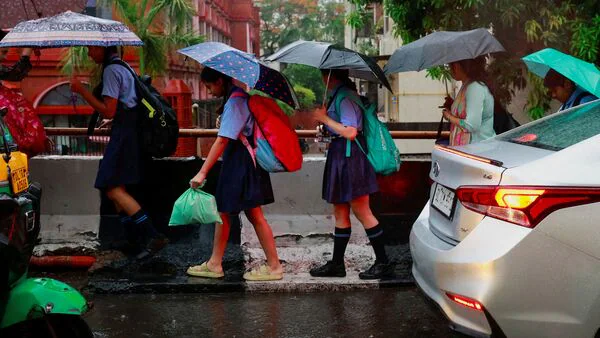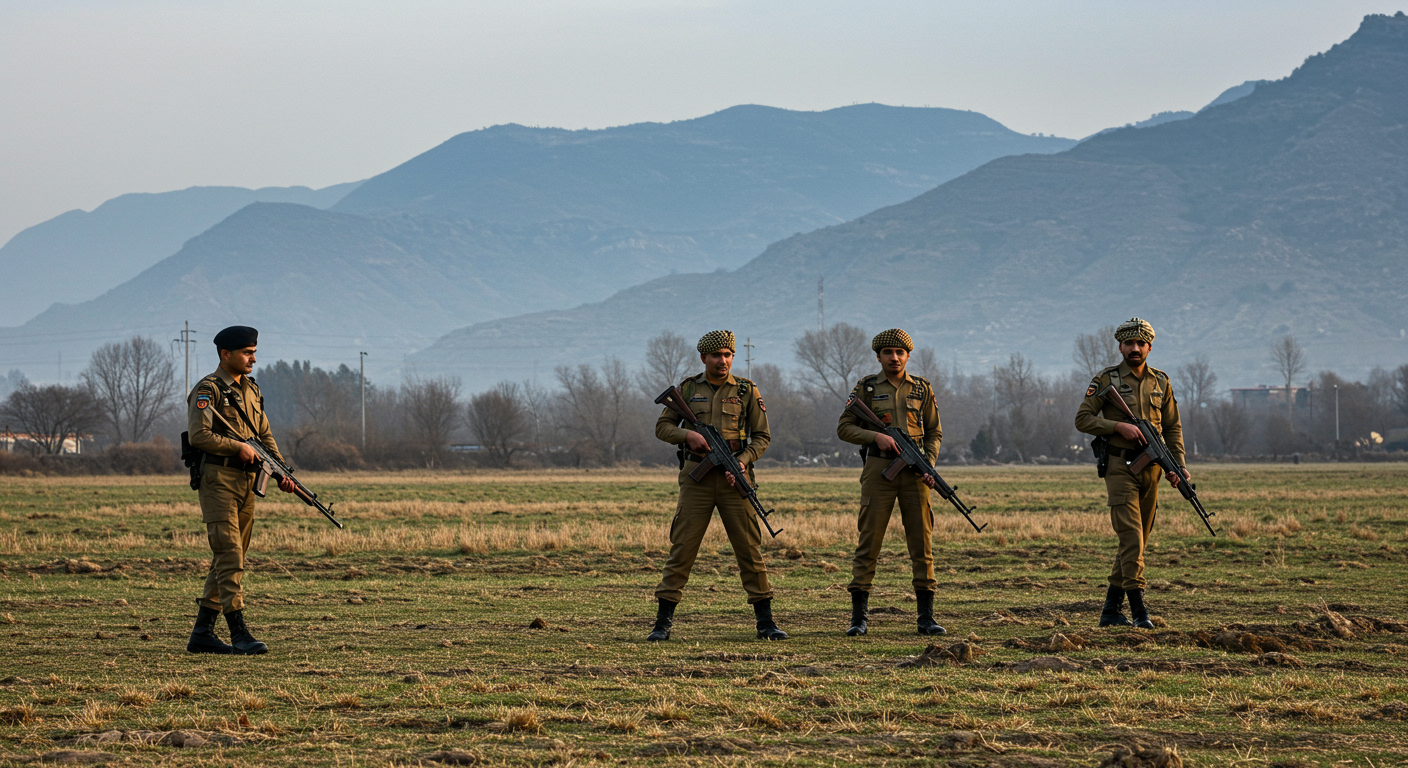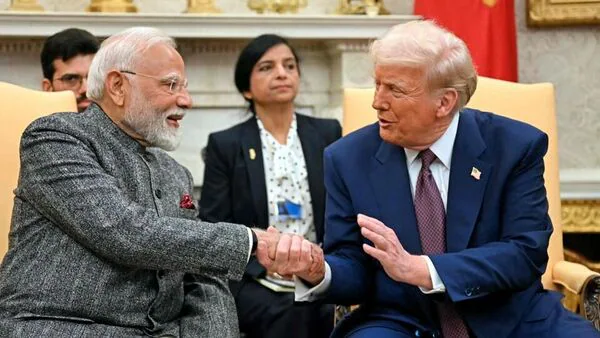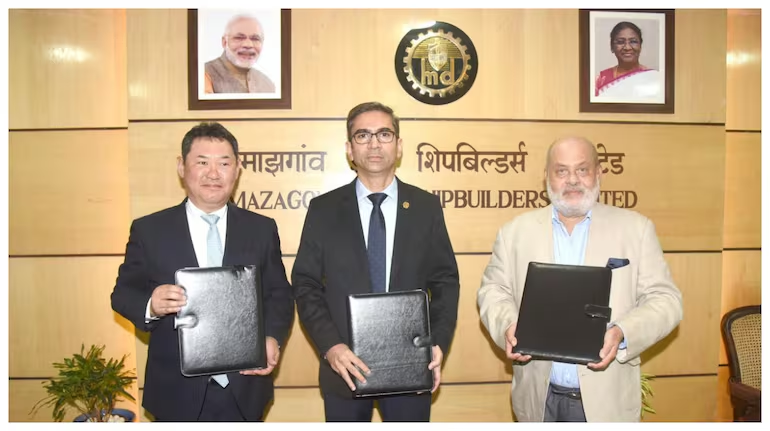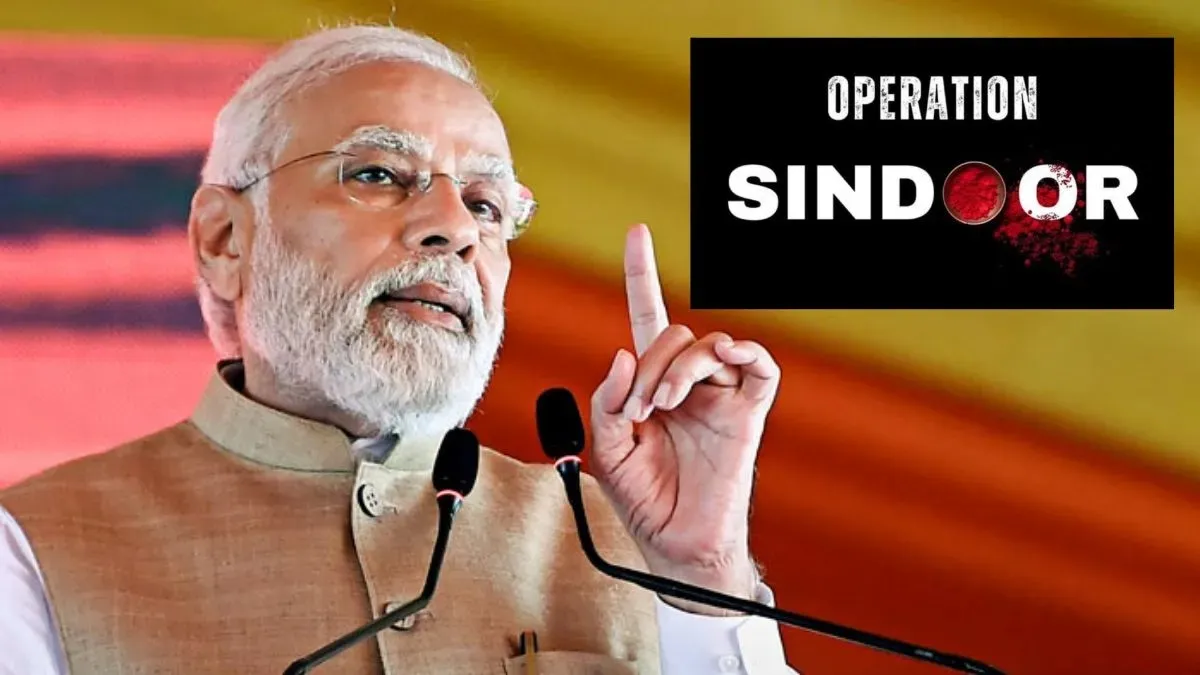Delhi Government Seeks Pause on Fuel Ban for End‑of‑Life Vehicles: A Practical Insight
- Abhishek
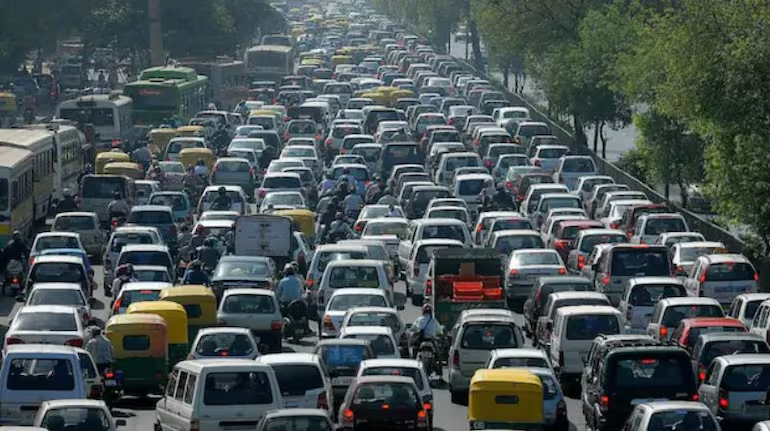
Introduction
On July 1, 2025, the Commission for Air Quality Management (CAQM) issued Direction No. 89, forbidding petrol vehicles older than 15 years and diesel vehicles older than 10 years from refueling at petrol pumps in Delhi—even if they’re registered outside the city . Intended to combat the capital’s smog crisis, this sharp measure drew immediate criticism from the Delhi government itself. On July 3, Environment Minister Manjinder Singh Sirsa urged the CAQM to pause the implementation citing technological limitations and practical difficulties .
Why the Policy Matters
Delhi’s air pollution problem is among the world’s worst. Older vehicles, whether diesel or petrol, tend to emit significantly more pollutants—particulate matter, nitrogen oxides, volatile organic compounds—per kilometer than newer ones. By stopping fuel sales to these end‑of‑life vehicles (ELVs), officials hope to effectively retire them from active roads, aligning with Supreme Court (2018) and National Green Tribunal (2015) rulings banning their operation or parking in public spaces .
Grabbing Headlines—but Not Without Issues
1. Technological Gaps
Delhi’s argument centers on the ANPR (Automatic Number‑Plate Recognition) system, which is the backbone of enforcement. Sirsa’s letter to CAQM highlights that the system is neither fully operational nor seamlessly integrated with NCR‑wide vehicle databases . Without accurate real‑time data, enforcement could be inconsistent.
2. Faulty Equipment & Infrastructure
On‑ground issues have led to misidentification of vehicles and confusion at petrol pumps, according to State officials and dealer groups . The Minister noted that ANPR cameras aren’t properly calibrated, speakers meant to warn drivers haven’t been installed fully, and data integration across Delhi‑NCR is incomplete ().
3. Equity and Fairness Concerns
Enforcement may unfairly penalize Delhi owners while drivers could simply sidestep the ban by refueling just outside city limits—in Noida, Gurugram, or Faridabad . The minister stated that many Delhi drivers are already heading to neighboring states to refuel, undermining Delhi’s own effort.
4. Impounding Vehicles: A Sensitive Step
The government also affirmed it won’t authorize arbitrary impounding of ELVs from residents . Instead, fines and immobilization will be managed through designated law enforcement teams, preserving residents’ rights and preventing misuse.
Delhi Government’s Official Stand
-
Temporary Hold Requested: Sirsa appealed for an immediate hold until Delhi‑NCR ANPR integration is reliable .
-
No Arbitrary Seizures: Vehicles won’t be impounded without proper checks, to avoid public distress ().
-
Technical Readiness Needed: The system’s glitches—including camera malfunction and database lag—must be resolved before implementation .
-
Holistic Enforcement Across NCR: The pause would allow neighboring jurisdictions to align—only then does the ban make practical sense .
Broader Implications & Challenges
Environmental Impact:
Delhi hopes to accelerate the phasing out of polluting vehicles—an essential part of broader plans involving odd-even schemes, Bharat Stage emission standards, and EV adoption ().
Operational Complexities:
Fuel pumps are being tasked as front‑line enforcers. This includes maintaining denial logs, managing signage, staff training, and risking disputes—without legal powers to impound vehicles themselves .
Civic Compliance:
One editorial describes India’s civic behavior as “not one of its fortes,” warning that enforcement could be messy without public buy‑in . Delhi’s Softer stance could signal willingness to recalibrate strategies.
What Happens Next?
Delhi awaits CAQM’s response to Sirsa’s letter. The government hopes that the hold will cover:
-
Upgrading ANPR coverage and training across all NCR states.
-
Integrating vehicle registration databases so anyone driving ELVs in Delhi would be reliably flagged.
-
Rolling out enforcement only when the system is foolproof, to prevent targeting only Delhi residents.
Meanwhile, Delhi courts have already taken notice: petitions from petrol pump associations have been filed in the Delhi High Court contesting the burden and legal standing imposed on pump operators .
Final Analysis
Delhi’s call for a hold isn’t an opposition to clean‑air goals—it’s a call for practicality. The city government acknowledges the health risks from ELVs but insists that enforcement must be fair, efficient, and respectful of citizens.
If implemented too fast, the ban could lead to confusion, public frustration, and loopholes.
If done right, the system could lead to cleaner air and safer roads.
Given Delhi’s air crisis, phasing out old vehicles is crucial—but success lies in coordination across NCR, modernization of infrastructure, stakeholder involvement, and transparent communication.
Closing Thoughts
Delhi’s pause request highlights the complexity of turning good policy into real-world action. Air quality is a pressing issue that needs bold steps—but not at the expense of fairness or functionality.
As CAQM considers the hold request, the path ahead must delicately balance environmental urgency with technological preparedness, civic responsibility, and empathy for residents. The hope is that once systems are ready, enforcement can proceed with authority and accuracy—ensuring everyone breathes easier.


